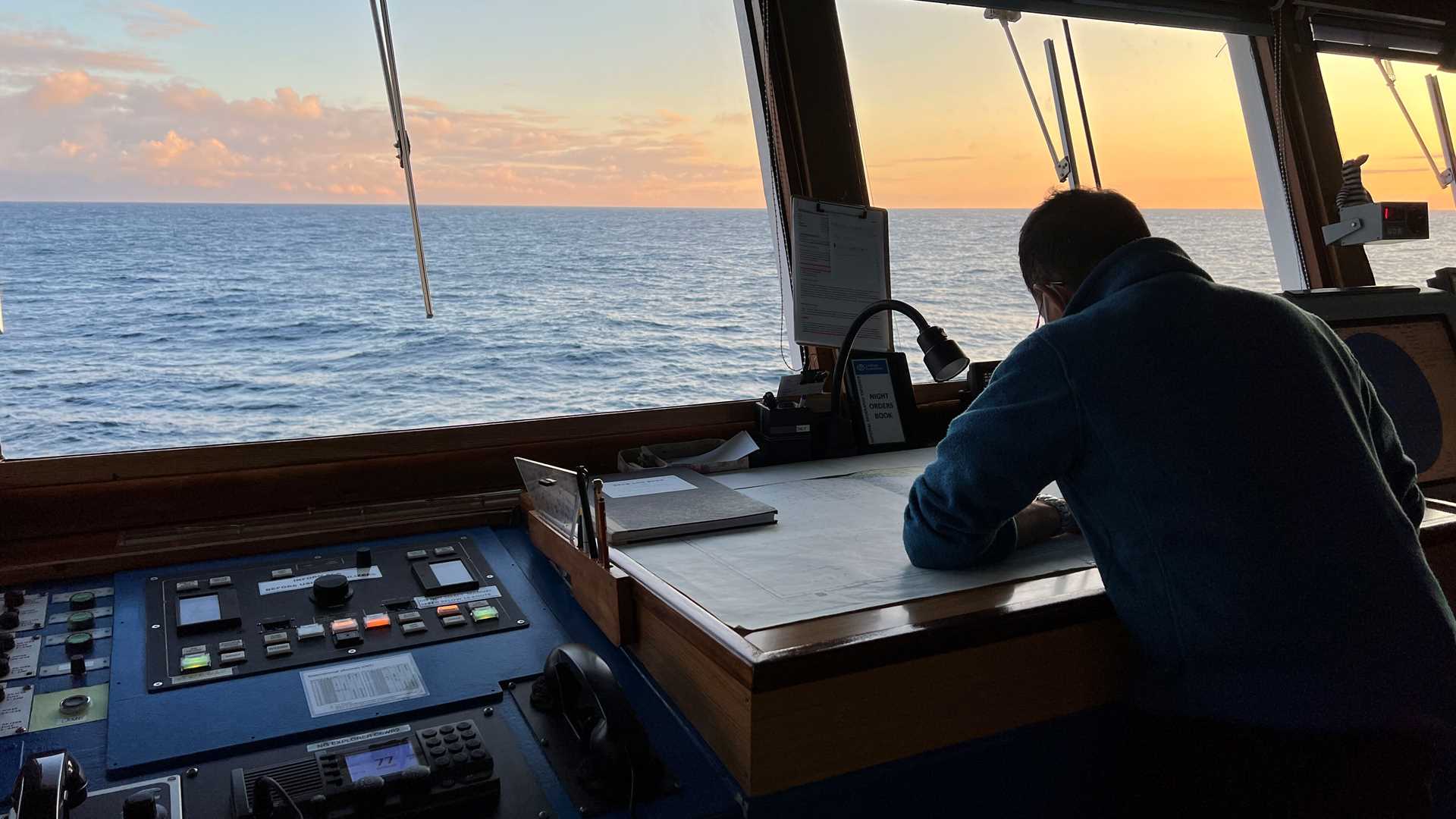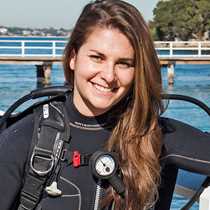And so our journey begins! No trip to Antarctica is complete without experiencing the famous Drake Passage. Today, our crossing began with lumpy seas and grey skies. Our morning involved meeting the Expedition Staff and learning about expedition photography while watching as a smorgasbord of tubenose bird species effortlessly cruised by in the winds. As the day went on, we enjoyed the sea, as well as presentations about seabirds of the Southern Ocean and stories from Tommy Heinrich, National Geographic photographer. By dinner, the skies cleared, allowing us to enjoy a lovely sunset with seabirds and whale blows catching the golden light over what had become a “Drake Lake.” We were extremely lucky to have sea conditions like this, and we went to sleep hoping our luck would continue as we explore the White Continent!
2/20/2024
Read
National Geographic Resolution
Cape Horn and Beagle Channel
The huge distances we have covered on this journey meant that our last full day was spent almost completely at sea on our return leg from Antarctica. After a merciful lie-in, we crowded the decks as we sailed past Cape Horn, the majestic headland at the bottom tip of Hornos Island, the southernmost point of Tierra del Fuego and the entire South American continent. Despite its fearsome reputation, pleasant seas allowed for an enjoyable brunch before we plunged into our presentation schedule for the morning and afternoon. Naturalist Gail Ashton related her experience of living on the Antarctica continent for 18 months, Jonny Reid discussed marine mammal acoustics and the underwater soundscapes of this region, and Jess Farrer explained how the study of whale and seal poop can tell us so much about these animals. As we entered the Beagle Channel, the stunning mountains of Tierra del Fuego lined our passage to Ushuaia. Gathering in the Ice Lounge for the captain’s farewell party, we toasted a hugely enjoyable trip and the new friends we have made.









